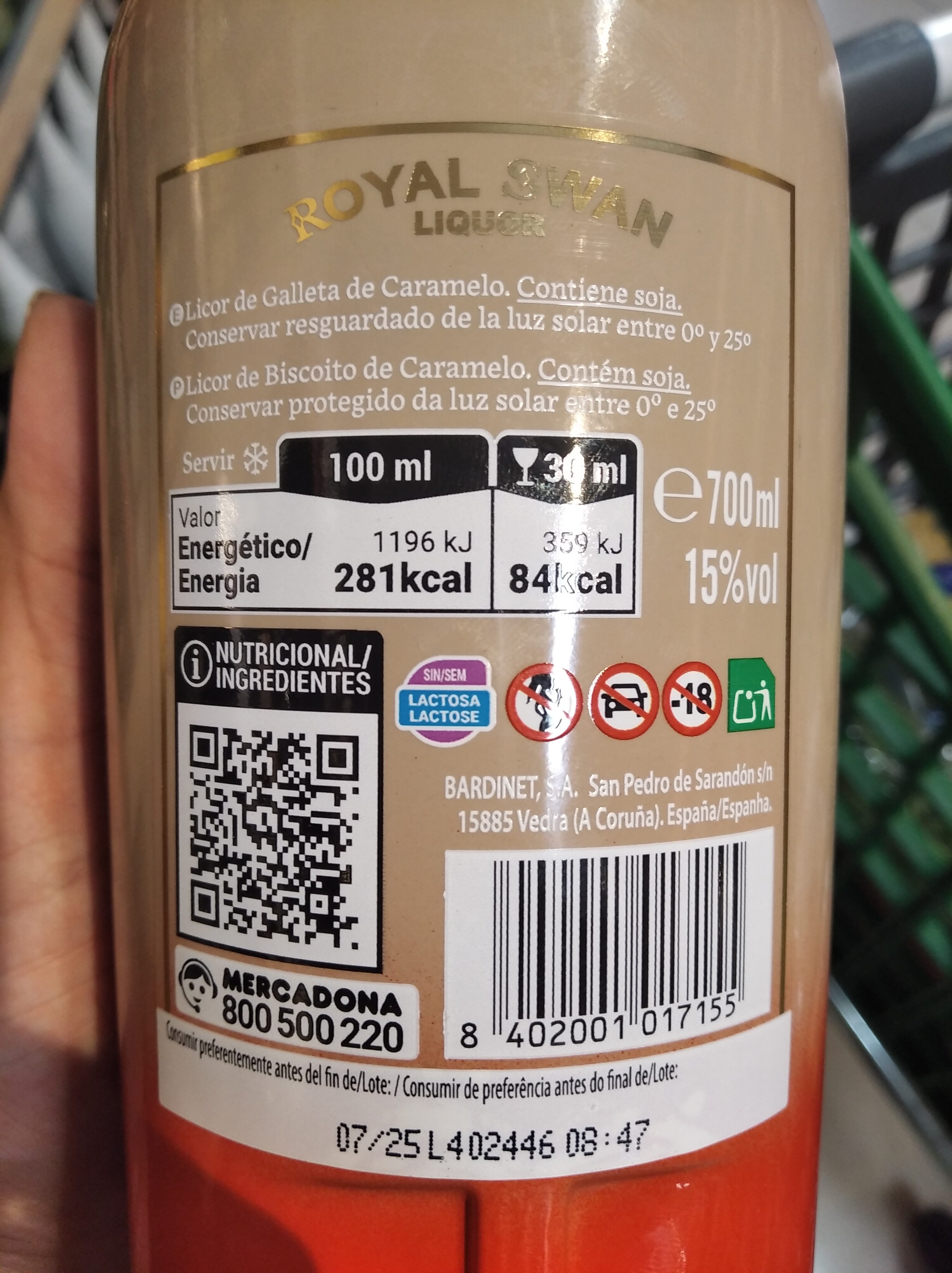0422441017155
Ambiguous barcode: This product has a Restricted Circulation Number barcode for products within a company. This means that different producers and stores can use the same barcode for different products.
×
This product page is not complete. You can help to complete it by editing it and adding more data from the photos we have, or by taking more photos using the app for Android or iPhone/iPad. Thank you!
×
Barcode: 0422441017155 (EAN / EAN-13) 422441017155 (UPC / UPC-A)
Categories: Beverages, Alcoholic beverages, Distilled beverages, Hard liquors
Labels, certifications, awards:
Not advised for specific people, Not advised for pregnant women
Countries where sold: United Kingdom






